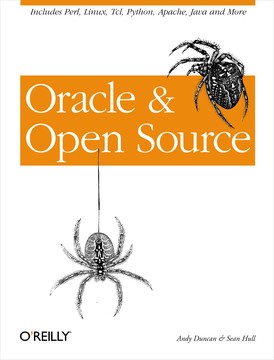
Today on Twitter I was remembering that one time when an @OReillyMedia software book said that some code I’d written was “definitely worth a look.”
It started as a project for an internship at a local ISP, where they had a need to quickly browse, search or update a certain database using a web browser. I threw it together in a few days using Perl and the data dictionary info offered by PostgreSQL (and later MySQL and Oracle)
I called it DB_Browser, and it was basically what PhpMyAdmin became, but abstracted out enough to use with any of those three database systems. (Solid database abstraction layers used to be a real thing!)
It was almost certainly full of security vulnerabilities, relying entirely on the use of .htaccess rules to prevent total chaos. The UI was as ugly as sin, the code not much better. But it worked, and I believe it was used in some form until the ISP was acquired years later.
I took the time to package it up and publish it. I think I put it on “Freshmeat,” a site that was just a feed of newly released software, back when you could even try to track such things. It started getting downloads and people started using it.
I got feature requests & bug reports from around the world, and I was thrilled to learn of each new organization using it. @sourceforge was where I managed releases & support (GitHub was a few years away) and it still has an entry there today.
When I learned DB_Browser would get its own little section in an O’Reilly book, I thought I’d really made it as an open source software developer. It was a great thrill when I got that in the mail, and family and friends were happy for me even if they didn’t know what it meant.
I retired the project in 2005 when it was clear there were much better (and more secure) web tools available for database management. But I saw DB_Browser in use on production sites for many years after, if only in people clicking through to my website from the software's footer.
DB_Browser remains one of my first & best experiences with writing/sharing software on the Internet. To this day, I love scratching an itch I have with software, then seeing if it can help others too. This is how we made the web. This is how we will make the next thing.
Originally tweeted by Chris Hardie (@ChrisHardie) on April 10, 2021.